Jon Kofler
Senior Research Associate, CIRES
February 20th, 2014, 6:30 p.m. – 9:00 p.m.
First Presbyterian Church
1820 15th St, Boulder, CO 80302
Presentation
Jon Kofler will share details about how his mobile measurements in oil and gas regions are made and what the scientists are learning. The Picarro analyzer has been the backbone of CH4 measurements used to study oil and gas emissions. While overall basin-wide emission rates of natural gas from oil and gas operations have been estimated from aircraft measurements made by Global Monitoring Division Scientists, the van loaded with Picarro instrumentation has proven useful in identifying specific sources and their relative contribution to total emissions. In addition, emission ratios of methane relative to other trace gases such as benzene and toluene were measured near fracking sites and other stages in oil and gas production. Emissions or leak rates of methane gas are important in determining whether natural gas is a safe alternative to other energy sources. Jon will focus on the Denver Julesberg Basin studies and data, but also compare and contrast the local studies to the Uintah Basin in Utah and the Barnett in Texas. He will share many alarming first hand stories about what is happening on the ground!
Speaker Background
Jon Kofler is the technical lead of the tall tower project at the National Oceanic and Atmospheric Administration (NOAA) Global Monitoring Division. Starting in 2004, with a team of technicians and engineers, he designed, assembled, tested and deployed a high accuracy measurement system for CO2, CO, and CH4 to 10 tall tower sites around the United States. Now he maintains these sites which provide high accuracy data for scientists engaged in climate research and other studies. Starting in 2009, again working on hardware to make measurements, he collaborated with Gabrielle Petron to make measurements of emissions from oil and gas operations using a mobile platform (a large van). He has driven over 4000 miles and logged more than 400 hours in 5 states while making mobile measurements in the past few years. In spite of all his driving for work, he is an avid environmentalist and strives to reduce his carbon footprint in his personal life.
